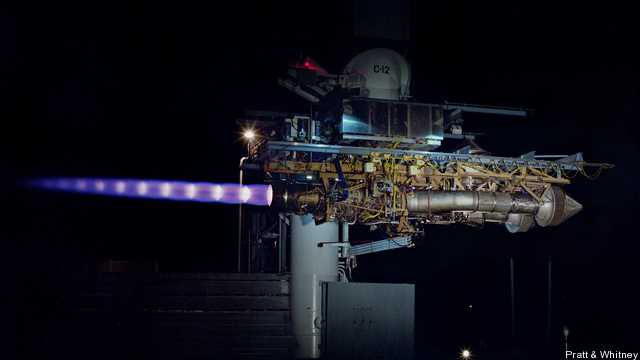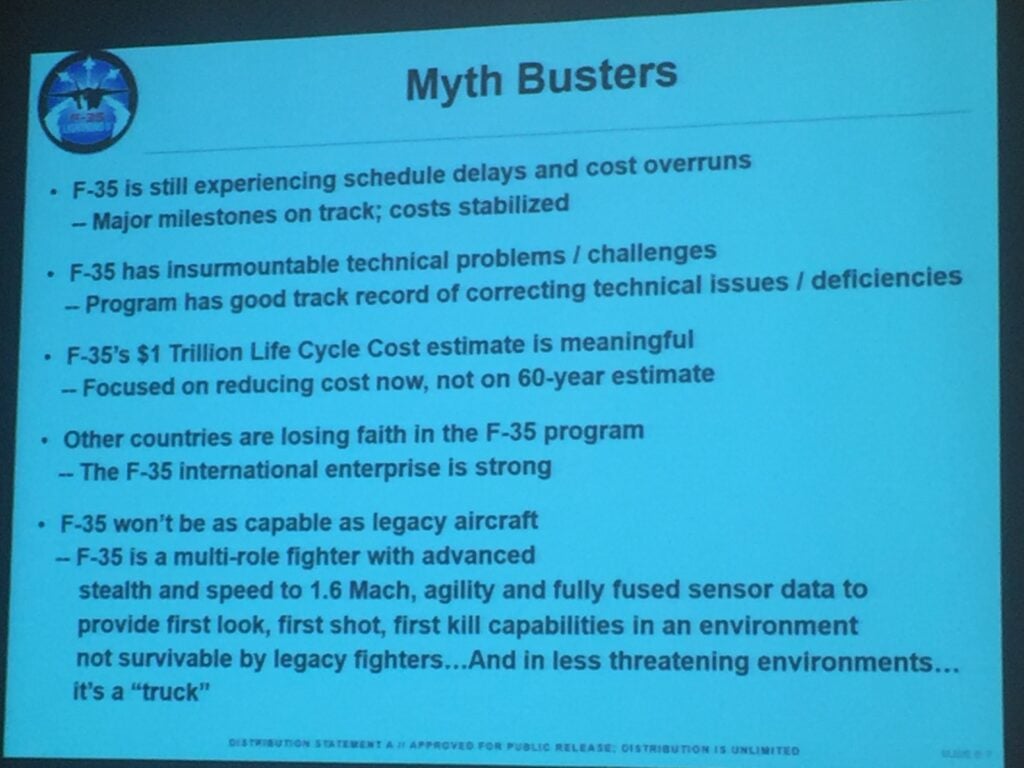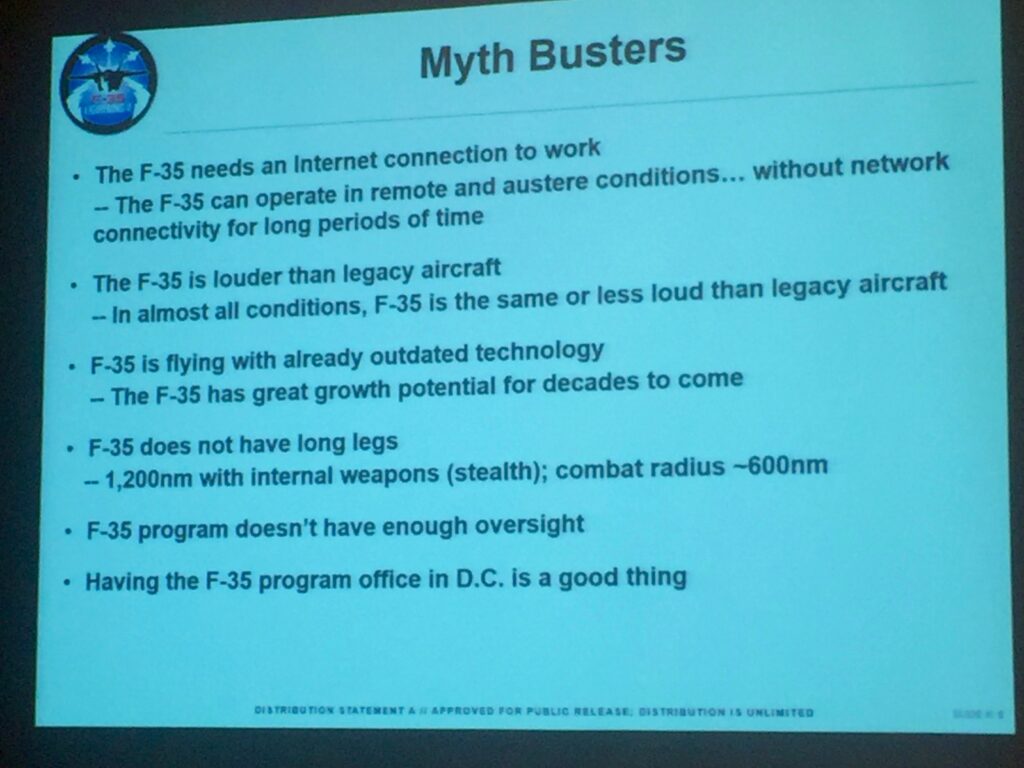B-21 And F-35 Engines May Share Tech; Pratt Won’t Talk
Posted on
WASHINGTON: The B-21 bomber probably uses some common technologies and equipment to that used for the Joint Strike Fighter’s F135 engine.
We can’t be certain because no one will confirm it. But Lt. Gen. Chris Bogdan, head of the F-35 program, did tell the annual McAleese/Credit Suisse conference this:
“There are some things we learned from the F135 engine that will greatly benefit the Long Range Strike airplane. At the same time, I think Pratt and Whitney ought to be looking to drive the cost of the F135 engine down and I would be expecting them to.”
Pratt and Whitney spokesman Matthew Bates politely refused to be drawn as reporters prodded and teased him. Later, he provided this statement.
“We do not plan to say one word more or one word less than what the Air Force has already said about the program. Pratt & Whitney is the engine provider for the B-21 bomber.”
The Air Force said nothing.
When reporters pressed Bogdan after his presentation, he said cost savings could be achieved if an engine shared common elements, but he wouldn’t go further than his original reply to the Air Force Association’s veteran reporter John Tirpak, whose question prompted the general’s first comment on the Long Range Strike Bomber (or the B-21 or B-3!).
The most logical conclusion is that the cores of the two engines — the heart of a high performance jet powerplant like the F135 — may have common design elements. For example, the F135 uses the core of the F119, which powers the F-22. While nothing has been said publicly about the B-21’s speed or range capabilities, I’ve heard from one source that the B-21 will be extremely fast (no, no numbers) and that would be consistent with the use of the fighter-jet core. Also, there’s the research that’s been going for more than five years into advanced engines known as the Adaptive Engine Transition Program.
Since the B-21 is supposed to use relatively mature technologies, it is reasonable to conclude that it would use something like the F119 core. Add to that, as we reported at the Paris Air Show last year, General Electric’s Adaptive Versatile Engine Technology (ADVENT) project achieved the highest combined compressor and turbine temperature operation “in the history of jet engine propulsion.”
That achievement, according to Daniel McCormick, general manager of GE’s advanced combat engine programs, demonstrated the new engine can adapt for either maximum thrust — to outrun an enemy anti-aircraft missile, for example — or long-range cruise — say, to penetrate deeply and stealthily into an enemy air-defense zone. If Pratt, which tends to be a more secretive company, has achieved similar advances, that would seem to argue for a high-speed and fuel efficient engine with remarkable power and control. But that’s as far I’m willing too speculate.
In his speech Bogdan also noted what is often a comically wide gulf between truth and the public depiction of the F-35 program. He offered these two tight summary slides to illustrate his point. The first item is his summary of what Wonderland believes. The second, marked by a dash, is what Bogdan says is the truth.
Now, just so no one gets upset, Bogdan’s last two items in the second slide are demonstrably not true on their face. He said so. Besides, everyone on Capitol Hill and in OSD knows you can never have too much oversight!
Subscribe to our newsletter
Promotions, new products and sales. Directly to your inbox.



